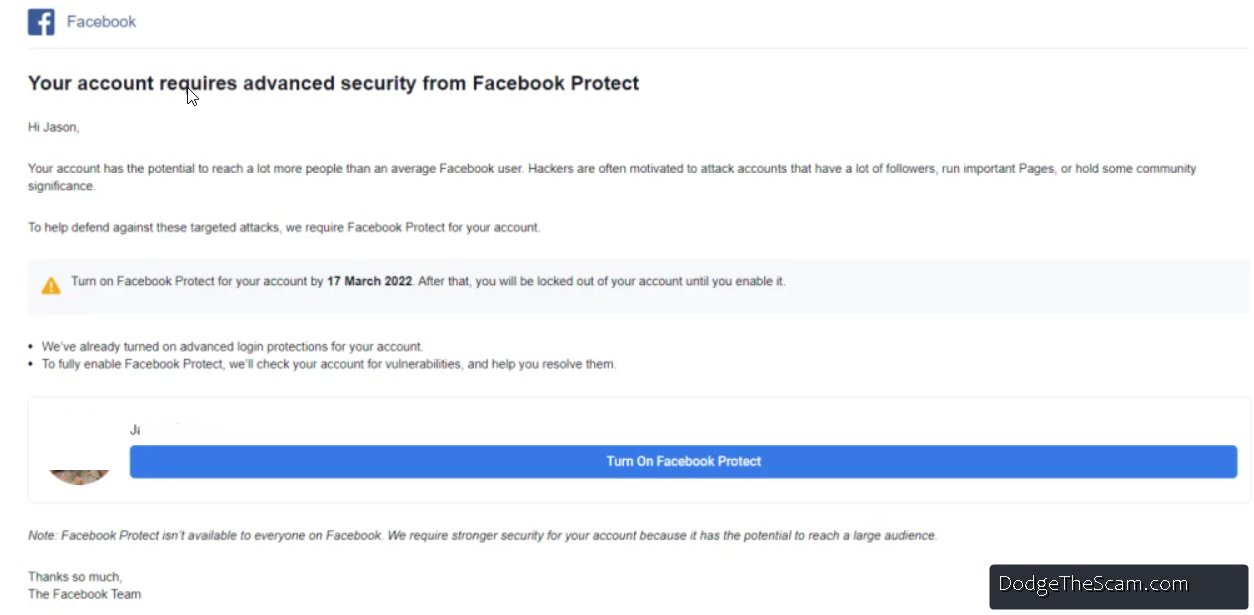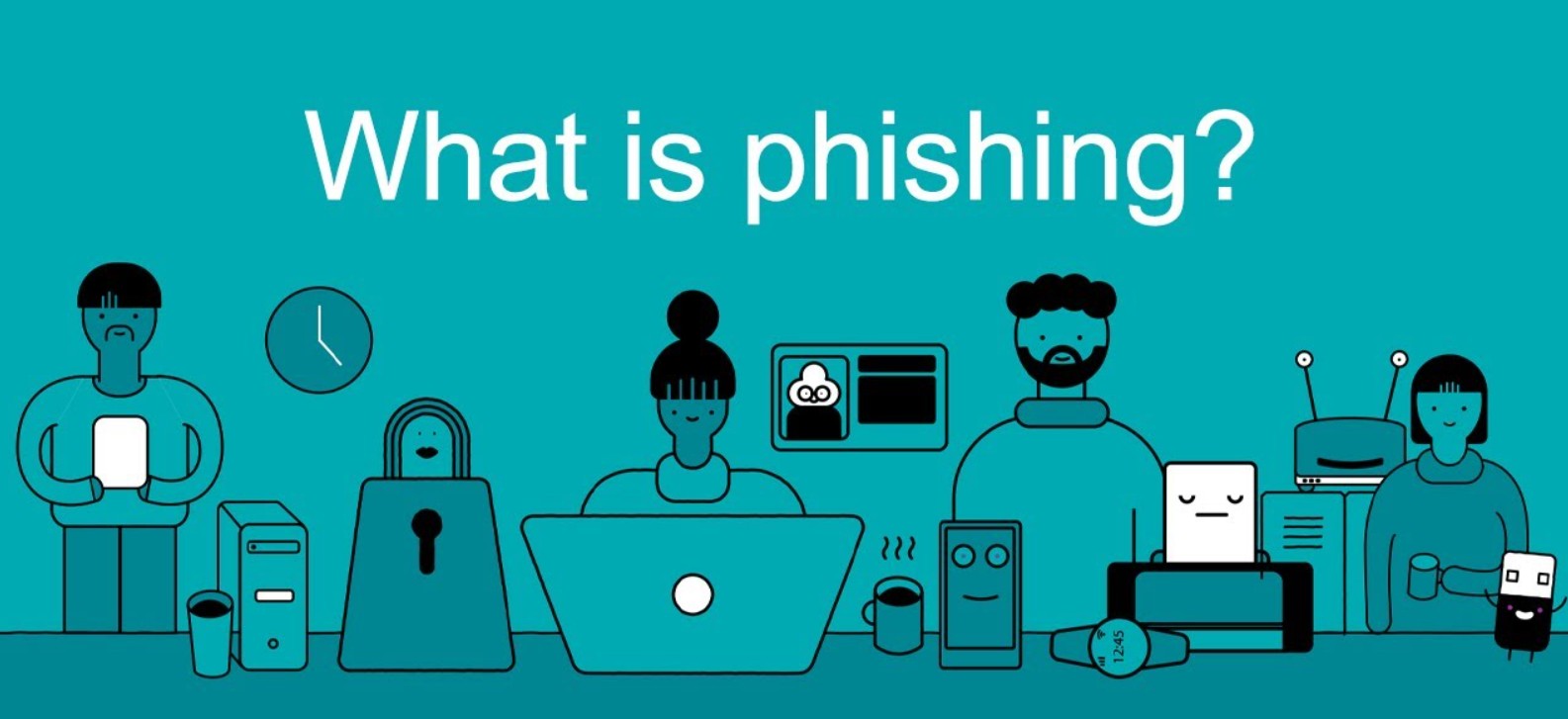Geek Squad Email Scam: Prevent and Stay Safe Guide [2025]
The Geek Squad email scam is one of the most persistent phishing frauds on the internet. It targets everyday users by impersonating Best Buy’s trusted Geek Squad tech support and sending fake invoices, refund alerts, or renewal notices that look alarmingly real. Victims are tricked into calling fake support lines, sharing sensitive information, or even granting remote access to their computers, all under the illusion of resolving a billing issue.
What makes this scam especially dangerous is its emotional engineering: it creates panic over a fake charge or “subscription renewal” to push people into acting fast before thinking clearly. Once contact is made, scammers escalate the deception with convincing scripts, professional-looking branding, and fake transaction screens.
In this guide, you’ll learn how the Geek Squad scam works, the latest tactics and red flags to watch for, and practical steps to protect yourself, including what to do if you’ve already been targeted. Whether you’re tech-savvy or not, understanding how these phishing schemes operate can help you stay ahead of scammers and keep your personal and financial data safe.
For broader context on how these schemes evolve, you can also read our detailed resources on how to avoid online web scams.
Table of Contents
What Is the Geek Squad Email Scam?
Scammers impersonate Best Buy’s Geek Squad (the tech support branch) and send phishing emails or messages purporting to be bills, renewal notices, virus alerts, or refund offers. Their goal: trick you into calling a fake support line, granting remote access, or entering personal/financial data on fake websites.
Here are some common variants:
| Scam Variant | What It Claims | What They Want You to Do | Risks |
|---|---|---|---|
| Fake Renewal / Auto-charge | “Your Geek Squad subscription will renew for $300–$500” | Click a “cancel” link or call a number | You give card info or call fake support |
| Invoice / Billing Alert | “You’ve been charged $XYZ” | Call the number to dispute or refund | They ask for credentials, remote access |
| Tech / Virus Warning | “We detected malware on your device” | Download software or allow remote control | Malware installed, full access breach |
| Password Reset Scam | “We noticed suspicious activity” | Click a link to “reset” | You enter credentials into fraudulent site |
Notably, researchers have flagged a trend called callback phishing, where attackers embed fake support numbers or QR codes in these emails, encouraging you to call them. Once you call, you’re drawn into deeper social engineering.
Malwarebytes discovered that Geek Squad is among the top brands impersonated in such attacks, often via PDF attachments or QR codes.
Such scams are not new. The FTC received over 52,000 complaints in 2023 specifically involving Best Buy / Geek Squad impersonation. While the volume of new alerts is low right now, the persistence of mentions and continued complaints suggest this remains a fertile vector for scammers.
How The Geek Squad Scam Works?
- Initial Email / Message
You receive an email or text with a compelling subject: “Unauthorized Geek Squad charge,” “Subscription expiring today,” or “Virus found on your device.” It may look professional and include logos, invoice tables, or order numbers—often with urgent language. Red flags often include grammar mistakes, mismatched email domains, or suspicious attachments. - You React / Call or Click
If you call the number in the email, you are routed to a scam call center. If you click a link, you may be taken to a fake webpage or prompted to download software. - Remote Access or Over-Refund Trick
The scammer may ask for remote access (via AnyDesk, TeamViewer, etc.) to “inspect” your system. Meanwhile, they may manipulate visuals to simulate an erroneous large refund. Then they’ll demand you wire back the “overpayment.” This is a classic refund scam tactic. In one reported case, a victim was manipulated into returning $13,500 via Bitcoin after being convinced she’d been over-refunded.
- Extraction / Disappear
Once you’ve sent money, the scamming party disappears. No real refund arrives. If they had remote access, they may have installed malware or stolen credentials for further exploitation. - Ongoing Exploitation (if access granted)
Attackers could monitor your device, exfiltrate sensitive files, login to your accounts, or harvest banking/identity credentials.
What to Watch For: Red Flags & Warning Signs
- Unexpected email from Geek Squad / Best Buy when you never signed up.
- Domain mismatches (e.g. sender is
@geeksquad-support.comor a random Gmail). - Urgent language and threats (“Your account will be suspended if you don’t act in 24h”).
- Suspicious attachments or QR codes in the email.
- Links that don’t match Best Buy / Geek Squad URLs (hover to inspect).
- Requests for remote access, installation of unknown software, or credential disclosure.
- Over-refund scenarios: being told that you were refunded too much and must send the difference back.
Best Buy themselves note that they don’t cold-call or cold-email customers asking for account or payment information. Furthermore, the SLAM method (check Sender, Link, Attachment, Message) is often recommended to weed out scam emails.
✅ How to Prevent The Geek Squad Scam?
Don’t click links or download attachments from unsolicited emails.
- Verify independently: instead of using the email’s contact info, go to Best Buy / Geek Squad’s official site or app and check your account.
- Enable two-factor authentication (2FA) on your email, banking, and key accounts.
- Use email filters and spam detection, mark suspicious emails as phishing or spam.
- Use reputable antivirus / antimalware software that includes web protection.
- Educate less tech-savvy relatives or friends, as they are often targeted.
- Freeze or lock your credit if your country supports it, so new accounts can’t be opened in your
name. - Regularly monitor bank / credit card statements for unexpected charges.
🆘 What to Do If You’ve Already Been Targeted
If you suspect or realize you’ve been scammed, act quickly:
- Disconnect / Stop Communications
Immediately hang up or close any remote session. Shut off internet if needed. - Change Passwords & Enable 2FA
On email, banking, important accounts, especially if you used the same password. - Scan Devices
Use an updated antivirus / anti-malware tool (e.g. Malwarebytes, Bitdefender) for full scans. Remove suspicious software. If the software offers real-time protection, enable it. - Check Financial Statements / Freeze Credit
Look for unauthorized transactions. Contact your bank or credit card issuer to dispute charges. Ask about freezing or locking your credit file where possible. - Report the Scam
- Forward suspicious Geek Squad / Best Buy emails to abuse@bestbuy.com
- Report to your national/regional consumer protection / cybercrime body.
- In the U.S., forward phishing emails to the FTC at report@phishing.gov and file a complaint via the FTC or IC3.
- In your email client, mark the email as “Report phishing” or “Spam.”
- Forward suspicious Geek Squad / Best Buy emails to abuse@bestbuy.com
- Document Everything
Save any emails, screenshots, phone numbers used, and transcripts if available. This may help law enforcement or your bank investigate. - Monitor for Identity Theft
Watch your credit report, identity monitoring services, and suspicious account activities for months afterward.
Why This Scam Persists & What Makes It Dangerous
- Brand trust exploitation: Many people know or have used Geek Squad, so the impersonation feels believable.
- Emotional manipulation with urgency: High-pressure tactics override careful thinking.
- Technical leverage: Remote tools, fake visuals, spoofing, QR codes, callback phishing, all used to mask the deception.
- Hard to reverse payments: Crypto, wire transfers, and non-refundable methods make recovery almost impossible.
- Persistent nature: Even if one attempt fails, scammers often try again with slight variations.
Because of these factors, this scam remains a go-to for cybercriminals. In fact, Best Buy / Geek Squad was listed among the top impersonated brands in recent callback phishing campaigns.
Final Thoughts & Call to Action
While no new mass outbreaks were reported lately, the presence of even just a couple of alerts shows that the Geek Squad email scam is still active and evolving.
To defend yourself:
- Stay suspicious of unsolicited communications about subscriptions or charges.
- Verify everything independently.
- Keep your systems and awareness sharp.
- Act fast if you suspect you’ve been targeted.
FAQ
Why did I get a Geek Squad email saying I owe money even though I never signed up?
Scammers often send fake renewal or invoice emails claiming you owe for a subscription you never purchased. They exploit fear and urgency to trick victims into responding.
How can I tell if a Geek Squad email is legitimate or a scam?
Check the sender’s domain (should be @bestbuy.com or @geeksquad.com), look for grammar/typos, hover over links to see real URLs, and never provide personal or payment info via unsolicited emails.
What should I do if I clicked a link or called the number in a suspicious Geek Squad email?
Immediately stop all communication, change your passwords, run a full malware scan, monitor accounts, and report the incident to Best Buy or relevant authorities.
Where can I report a Geek Squad phishing email or scam attempt?
You can forward suspicious emails to abuse@bestbuy.com, report to consumer protection agencies or anti-fraud bodies (like the FTC in the U.S.), and mark the email as phishing in your email client.
Does Best Buy ever cold-email customers about payments or remote support?
No, legitimate Best Buy / Geek Squad communications won’t ask for payment or remote access via unsolicited email or call. Treat any unexpected contact requesting that as suspicious.



